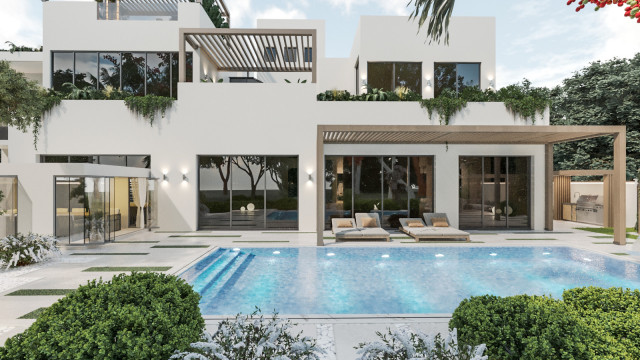PATIO FURNITURE DESIGN
There are few things better than spending long, leisurely days outside, soaking up the heat, and dining al fresco when the weather is shining and you have outside space. Providing you have the appropriate patio furniture design, that is. Because relaxing outside may be just as relaxing as unwinding in a pleasant living room—or just as uncomfortable as attempting to get cozy on an old sleeping sofa. Hence, purchasing furniture entails more than simply choosing random items at random from a store or the internet. You must first have a strategy, which entails determining how you will use the area and how you will care for it in the future. We sought guidance from landscape architects, interior designers, and furniture industry representatives regarding the precise factors you should take into account when outfitting your outdoor space. The three purposes of an eating area with a table and chairs, a lounging area with couches, lounge chairs, and a coffee table, and a sunbathing area with chaise longues may all fit in a roomy outdoor area.
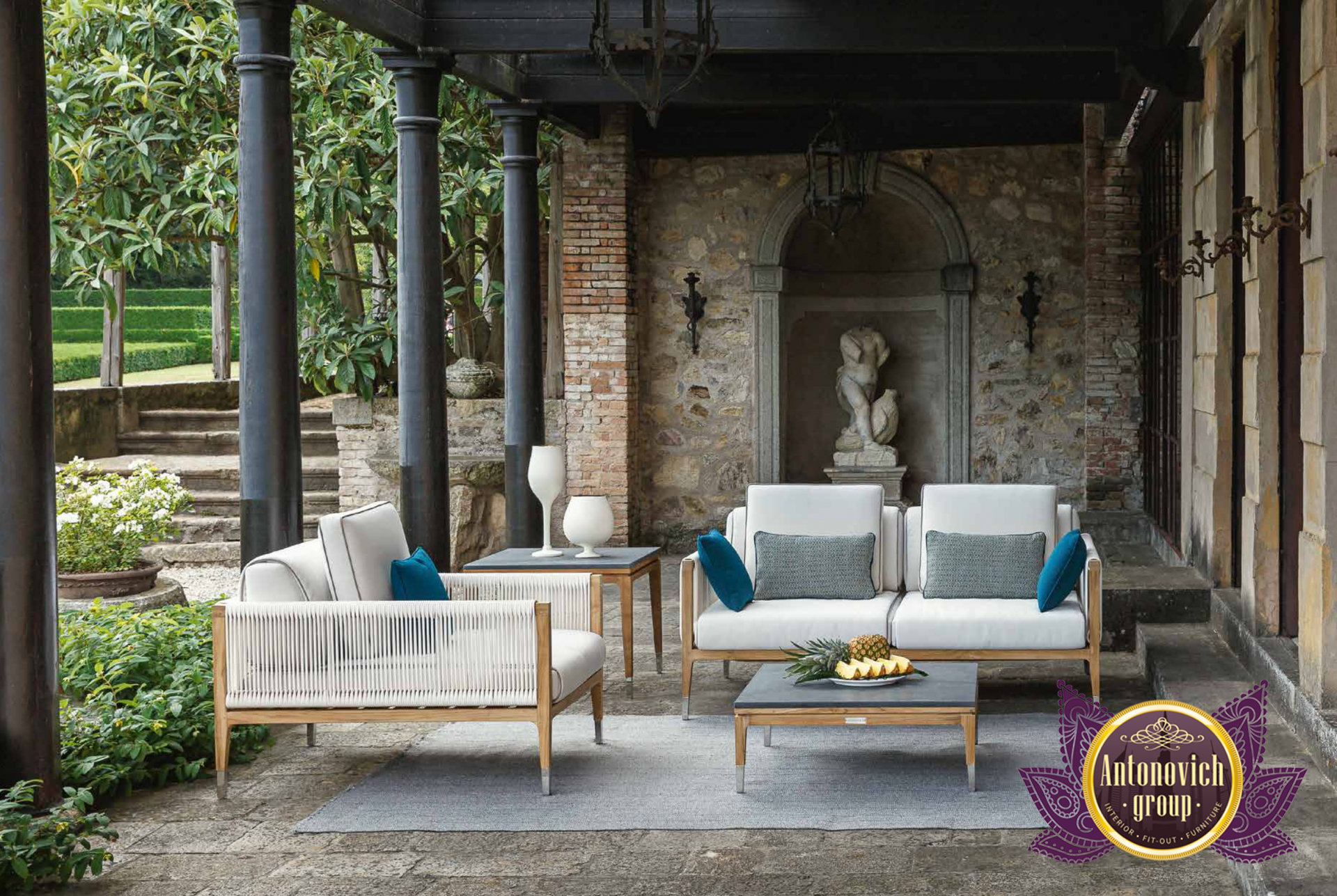
Choose the activity you value the most if you don't have much space, like on a city patio. If you enjoy cooking and entertaining, concentrate on transforming your outside area into a place where meals are served, complete with a dining table and seats. Forgo the dining table and turn your outside space into a living room with couches if you want to unwind with family and friends. Manufacturers of outdoor furniture use a wide variety of tough materials, the majority of which can be divided into two categories: materials intended to be impervious to the elements and maintain their original appearance for many years, and materials intended to weather or develop a patina over time.

Good material options for outdoor spaces include powder-coated steel or aluminum, stainless steel, and UV-resistant plastics if you want it to continue looking brand-new for many years. Yet, even those materials can undergo long-term changes when exposed to the weather; some fading, staining, or rusting is usual.
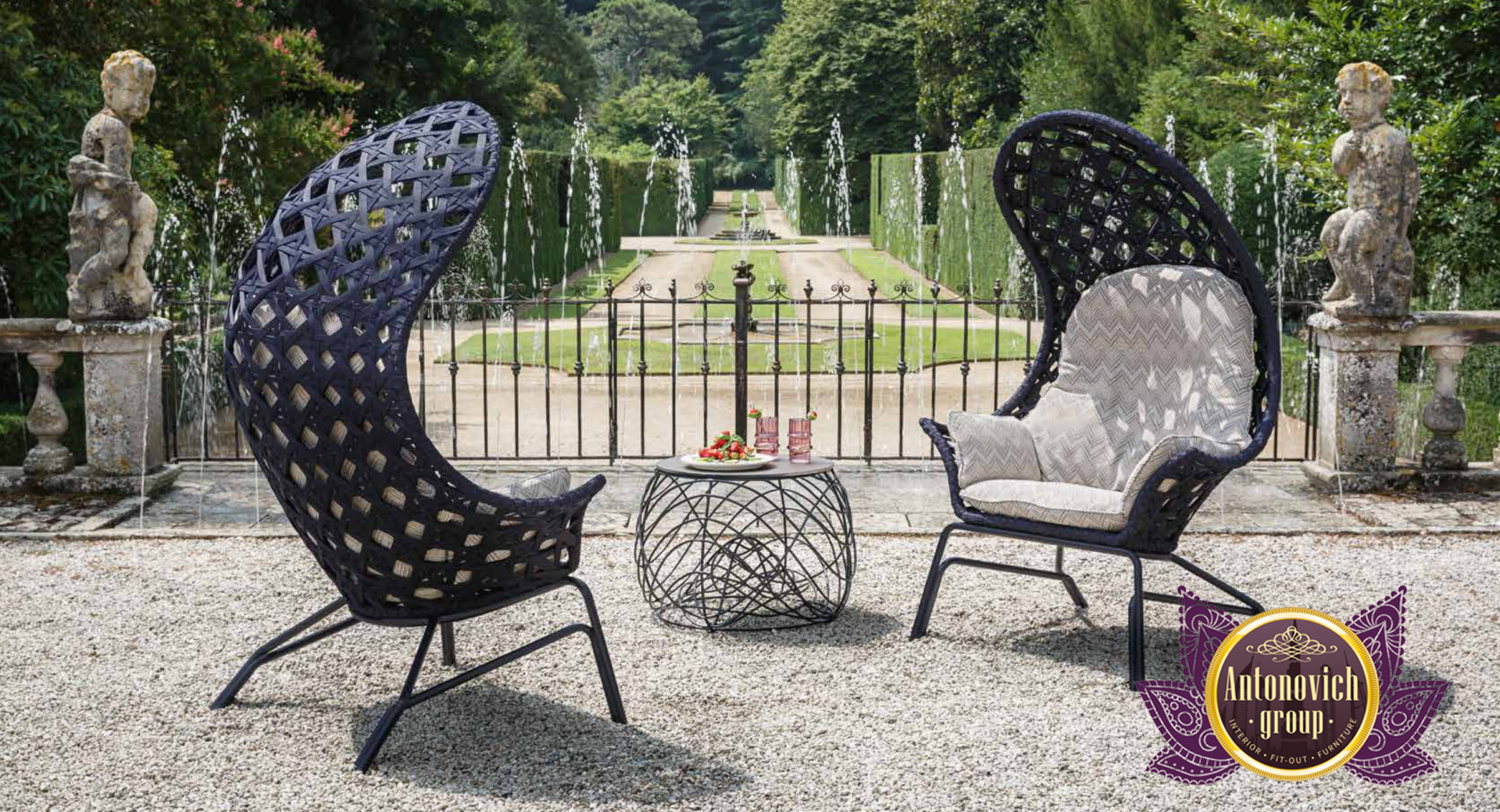
For patio furniture, the phrase "you get what you pay for" is typically accurate. For example, plastic resin chairs or side tables could seem fantastic on the shelf and maintain their good looks for one or two years outside in the sun, but with time they will deteriorate and lose their brilliant color. The same is true for several wicker and wood goods. When buying a significant purchase, exercise caution and read consumer reports and reviews. Spend more money on goods that will be used more frequently if you're on a tight budget, such as cozy patio furniture or a sturdy dining table. Smaller items like cushions and accent tables may be purchased for less money.
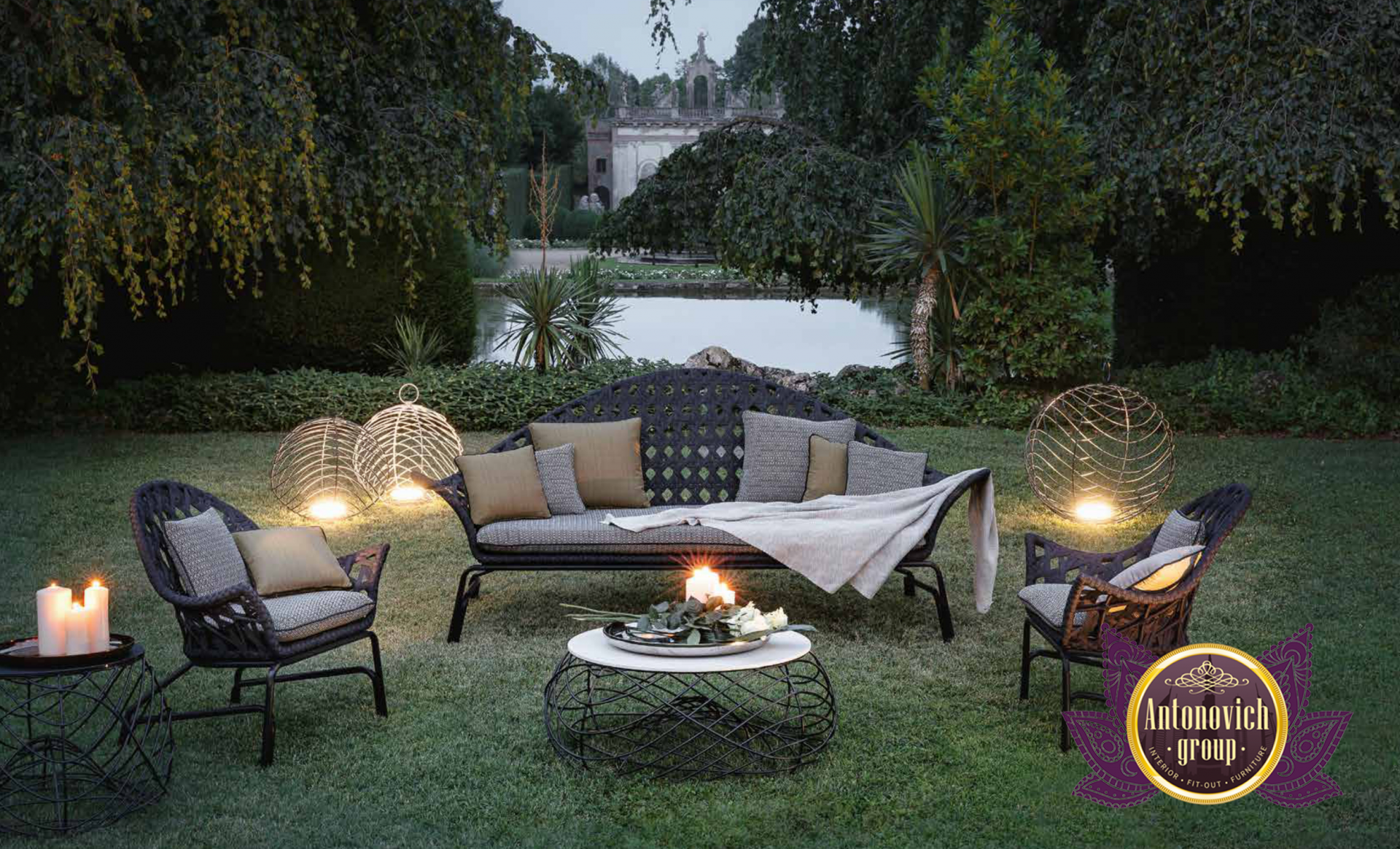
Place outside furniture on an all-weather mat to give it some grounding. Recent advances in textile technology have led to the market introduction of several outdoor carpets that dry quickly. An outdoor rug will bring the pleasure of home to your patio or deck since it is soft underfoot and has a rich texture. To unify your outdoor environment, pick a color and pattern that go with your other furniture and decorations. Before purchasing, make sure it is approved for outdoor usage.
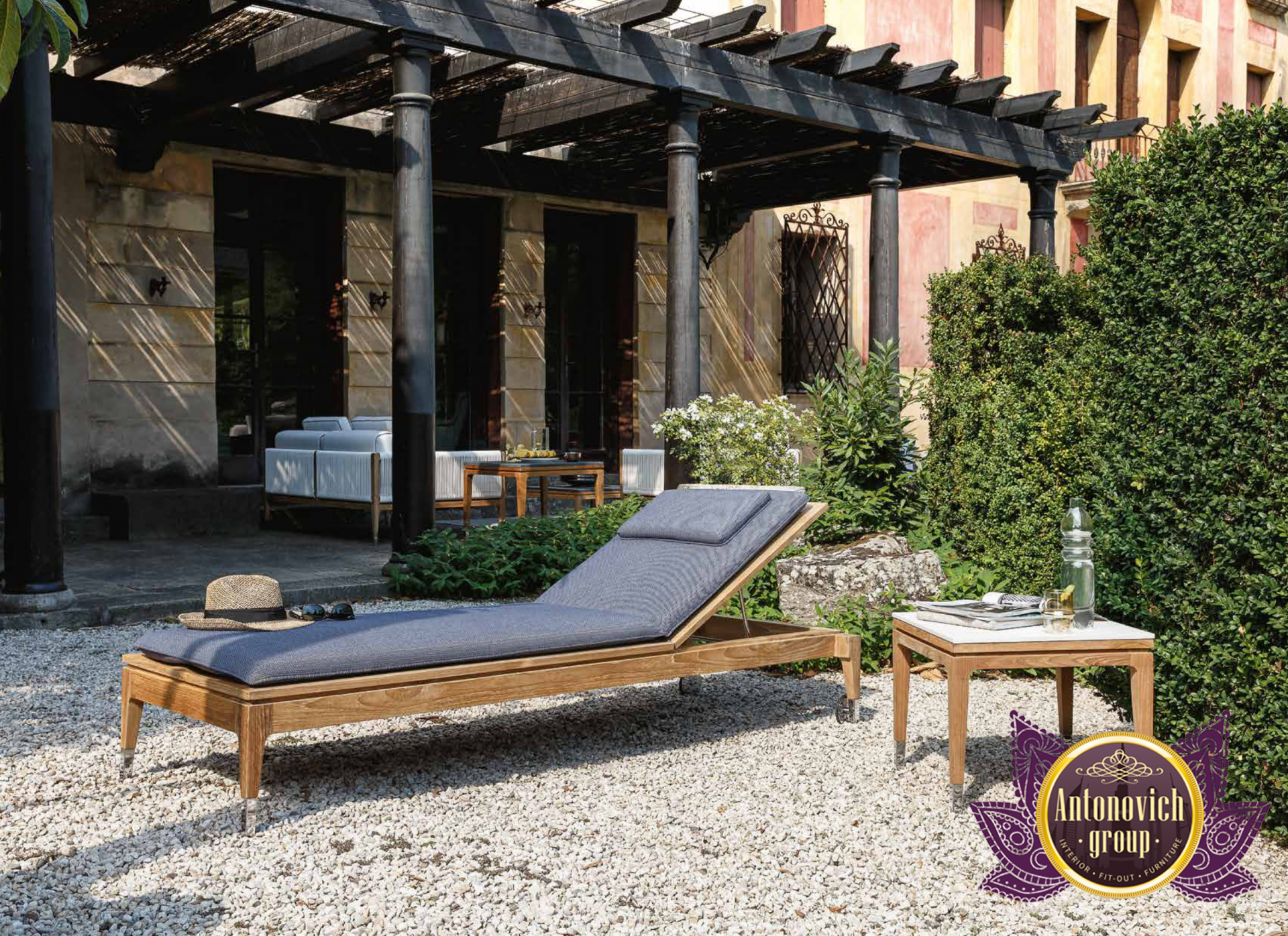
To maximize your space and money, look for durable furniture. Multiple-purpose furniture can help you avoid buying extra pieces and free up space for your favorite outdoor pursuits. An ottoman or garden stool, for instance, might serve as additional patio seating for visitors. Simple benches can be used as seating next to outdoor dining tables or on their own. To make the most of commonly utilized outside locations, choose patio furniture with functionality in mind.











